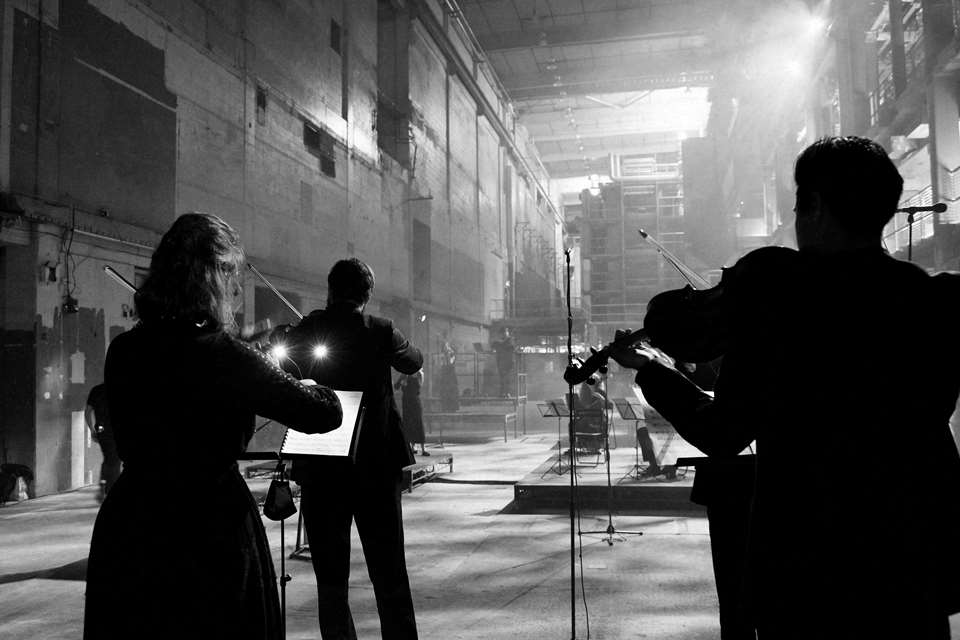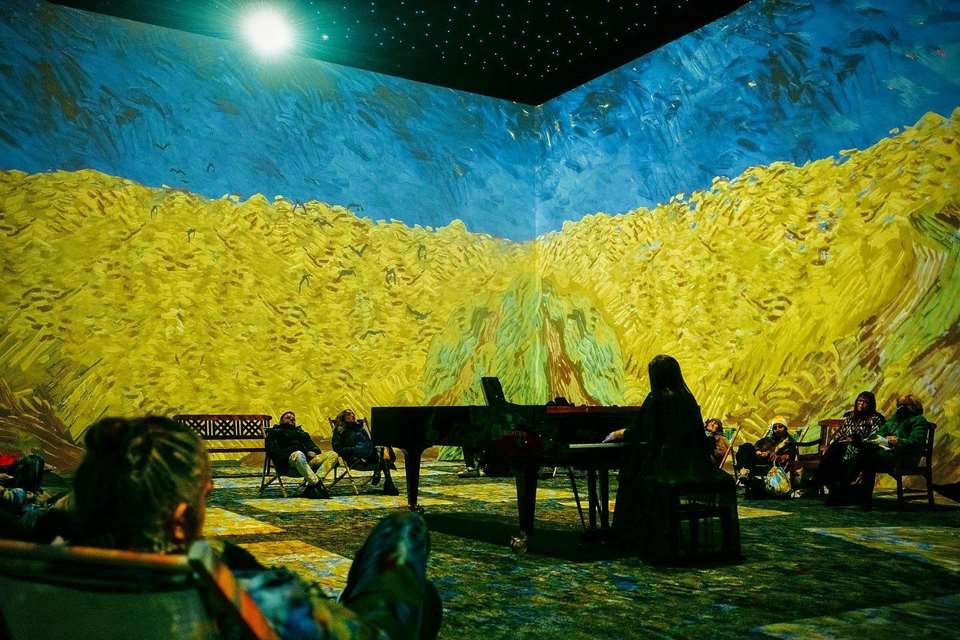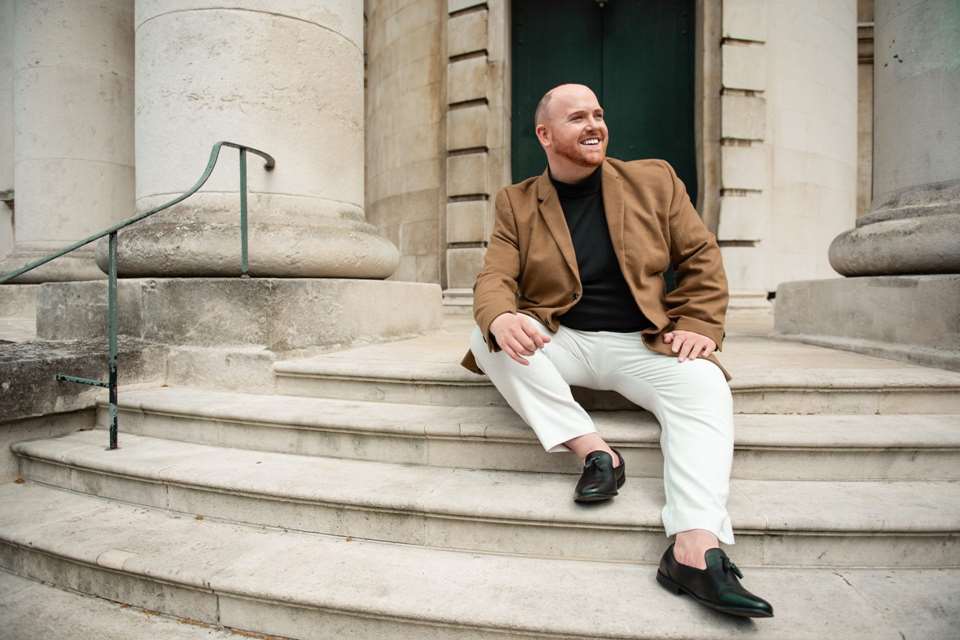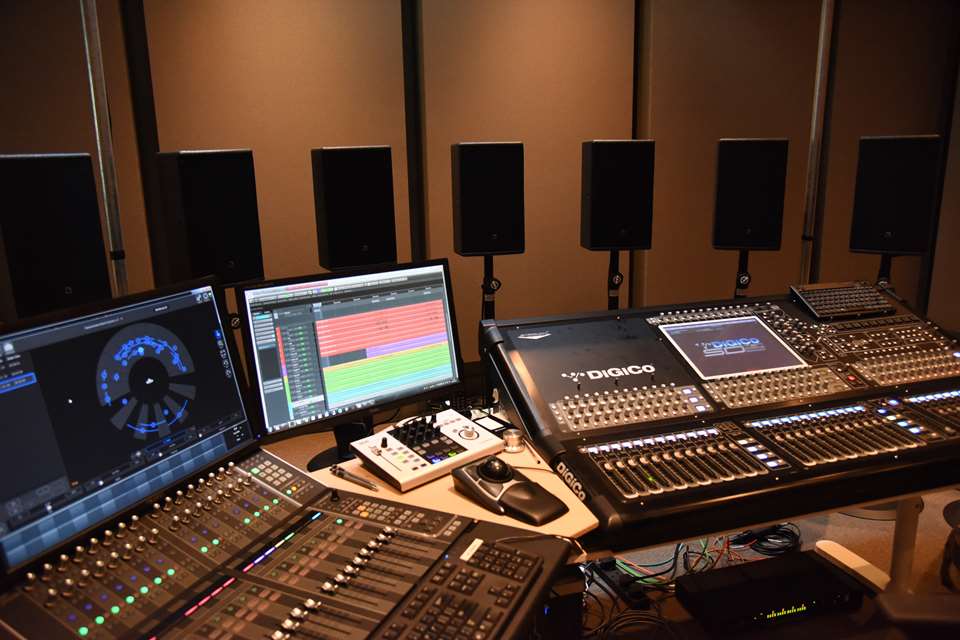How immersive technology is unwrapping sound at Kings Place
Florence Lockheart
Thursday, January 19, 2023
With the London venue's Sound Unwrapped series launching tomorrow, Florence Lockheart talks to artistic and executive director, Helen Wallace, and artist in residence, Hannah Peel, to find out how soundscape and spatialised listening experiences could be the future of classical music
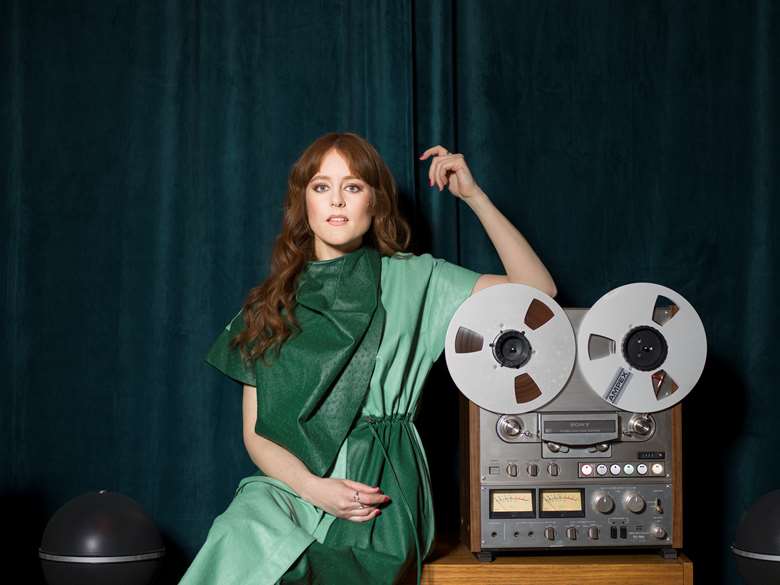

Register now to continue reading
Don’t miss out on our dedicated coverage of the classical music world. Register today to enjoy the following benefits:
- Unlimited access to news pages
- Free weekly email newsletter
- Free access to two subscriber-only articles per month
